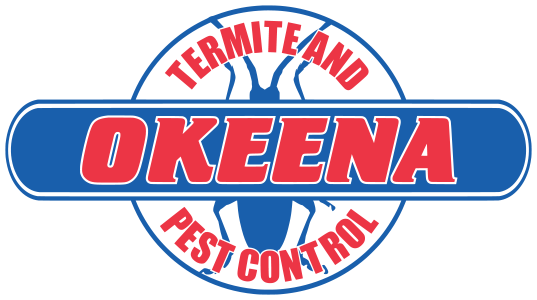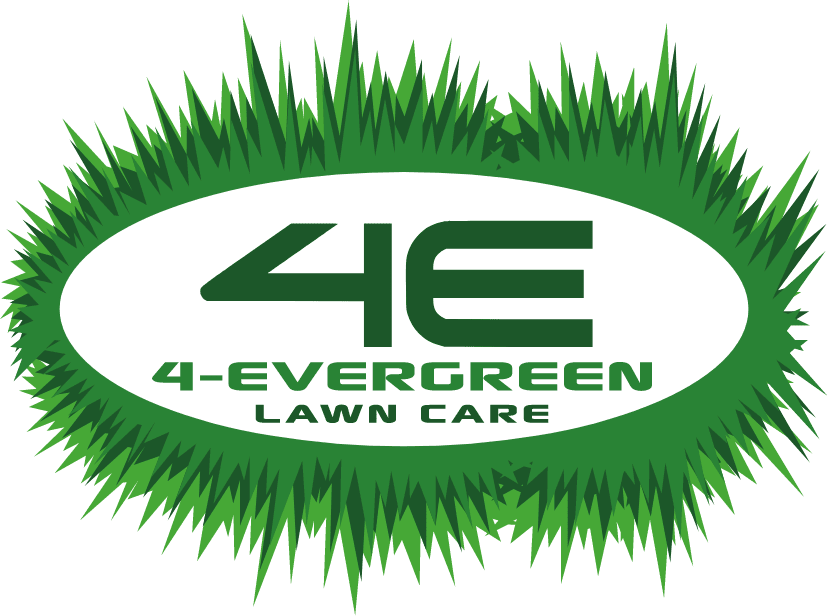5 Common Fungi Found In Tennessee’s Homes And How To Remove Them

They’re small, but they’re mighty. They have the ability to ruin our health and the structural integrity of our homes. What is this enemy, you ask? Fungus. Your first thought is probably mushrooms, which are indeed members of the fungus family, but for our purposes, we’re talking about molds. There are thousands of species of molds, but we’ll focus on some of the more common ones found here in Tennessee and why you should get mold remediation immediately if you detect mold problems in your home.
Common Fungi In Tennessee Homes
Alternaria
Alternaria is a particularly nasty fungus. Not only can it invade your home, but it also can infect your plants. Inside the home, it can cause or exacerbate allergies and asthma. It can also affect your skin and nails, causing large sores. If you have children or seniors living with you, they are particularly vulnerable to this fungus. This mold can actually be spread through the air, making it one of the most challenging molds to contend with. Once inside your home, it can grow on food, houseplants, furniture, clothing, under carpets, inside walls, in the shower, basement, attic, wallpaper, air conditioning, or even window frames. If your home is prone to high humidity, it’s more likely to have a problem with this particular mold.
White Rot
This particular fungus is wood-destroying and can devour both living and dead trees. Like all wood-decaying fungi, white rot digests moist wood. Because it breaks down the lignin and cellulose of the wood, it is called “white rot” because it leaves the wood looking a white or yellowish hue. You can tell you’re dealing with white rot if you notice texture changes on the infected wood, namely a soft, spongy texture. You may also see small growths on the wood, in addition to the texture change. While white rot does not pose the same health risks as other molds discussed today, it certainly can harm your home. Don’t hesitate to contact Okeena for mold removal if you see white rot in your home.
Black Mold
Black mold is named after the greenish-black color of the fungus. It feeds on moisture in walls, bathrooms – anywhere that’s warm and humid. This is perhaps the most dangerous mold to have in your home due to health concerns. It can cause allergic reactions, headaches, and even black mold poisoning. We really can’t stress this enough: if you think you have black mold in your home, do NOT delay calling pest control services. The long-term health issues are not worth the risk. Some of the health problems associated with chronic black mold exposure include skin rashes, sore throats, headaches, and even infant pulmonary hemorrhage. Do not attempt to remove this mold on your own. Interacting with it could cause further problems. Leave it to the professionals at Okeena who have the equipment and training to safely take care of the issue.
Brown Rot
Interestingly, brown rot is more damaging to American homes than house fires. Like white rot, it thrives in moist conditions where the spores can nourish themselves on the cellulose in the wood. You might have heard this fungus called “dry rot,” but this is not correct. It leaves the wooden structures of your home in a crumbling mess. You’ll usually need to address the moisture problem in your home, causing the inviting environment for this fungus. Look for dry, cubed flakes of wood and brown discoloration on the surface of the wood. It may also shrink where the mold has infected it. This is caused by the mold producing hydrogen peroxide as it feeds. This corrosive chemical then breaks down the cellulose of the wood. Like Alternaria, you may see fungal blooms of mushroom-like growth coming out of the areas where it is growing.
Cladosporium
Cladosporium typically appears as brown, black, or green spots. Like black mold, it poses a great number of health risks to those exposed to it. Allergic reactions to this mold vary from mild to severe:
- dry skin
- sneezing
- stuffy nose or runny nose
- coughing
- postnasal drip
- itchy throat, eyes, and nose
- watery eyes
- serious asthma attacks
- allergic fungal sinusitis
- tightness in your chest
- wheezing
- difficulty breathing or shortness of breath
Get Rid Of Mold With Pest Control Treatments
Attempting to clean up and remove the mold yourself is not a good idea. You could spread the spores around and kick them up into the air, where you can breathe them in. Okeena has many years of experience cleaning up harmful molds. We’ll not only remediate the mold, but we’ll also help you diagnose what’s causing all that excess moisture in the first place. This could be anything from poor drainage to plumbing leaks.
Get Professional Pest Control Near Jackson, TN
The longer you wait on a fungus problem, the worse it gets. Reclaim your home with help from Okeena Termite & Pest Control. Our fungus treatment will assess what’s lurking in your home and safely remove it, so you have peace of mind once again. Call us at 731-280-2280 or contact us below!

